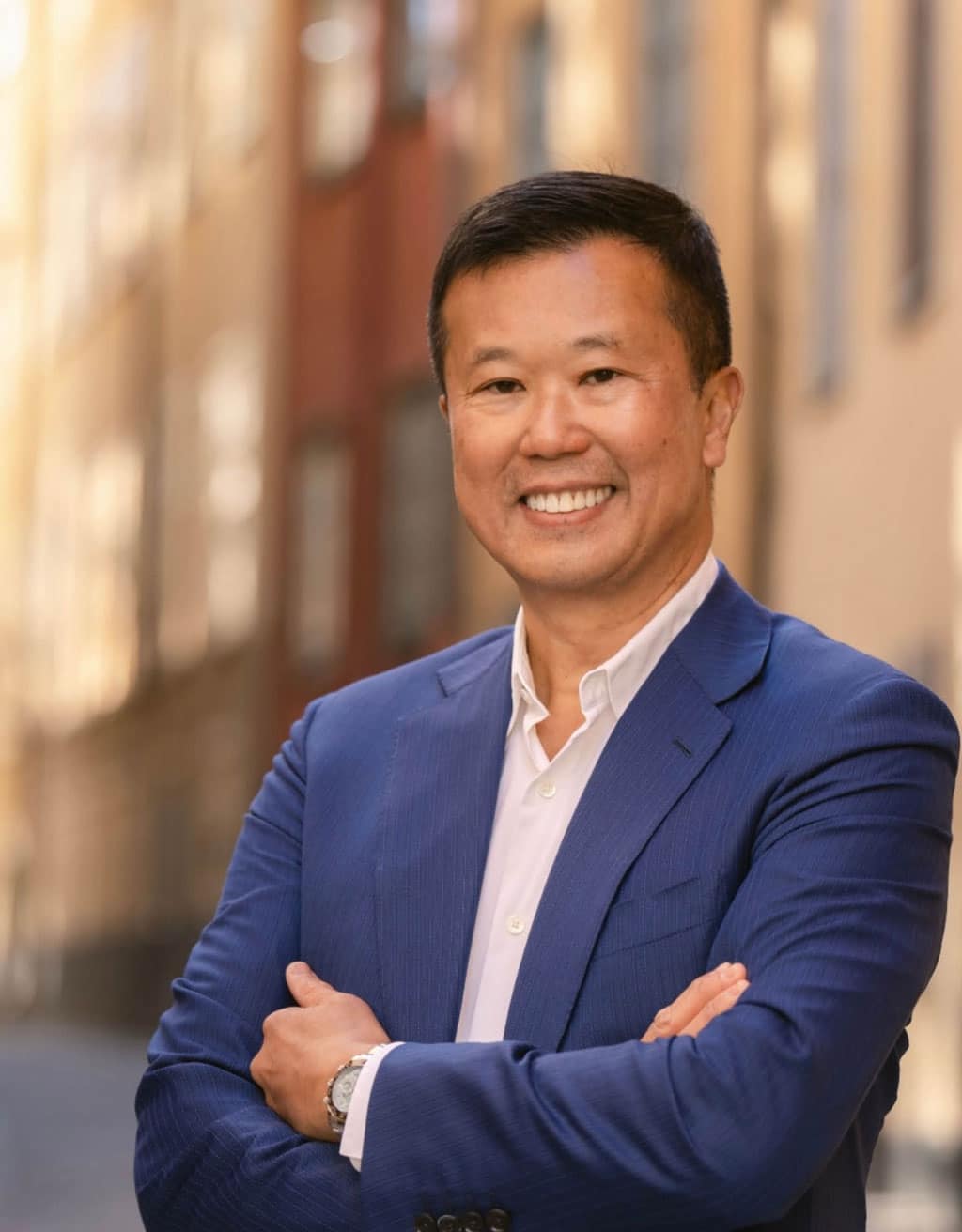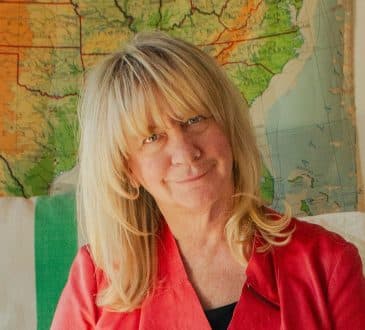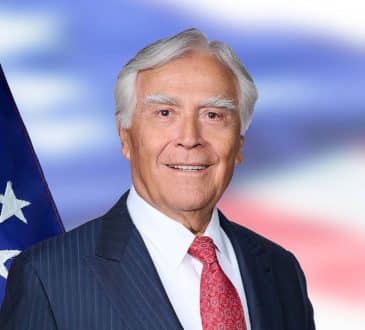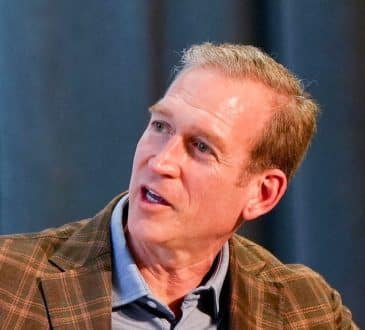Why Savvy CEO Jack Truong Always Uses the 80/20 Rule To Cultivate Success

Whenever a new head honcho is hired to take over leadership of a major corporation, it’s with the expectation they’ll do their utmost to grow profits and facilitate an efficient, productive workplace. But as transformative strategy mastermind, Jack Truong knows, to paraphrase the poet Robert Burns, “The best-laid plans of mice, men — and CEOs — often go awry.” Still, most missteps can be avoided by following what Truong calls “the 80/20 rule.”
Truong is no stranger to shepherding businesses beset with lackluster bottom lines into highly profitable concerns. However, it takes a special kind of problem-solving mindset (he’s a trained engineer with 11 unique U.S. patents to his credit), acute focus, and highly attuned insights to make it happen. And he’s made it happen more than once. Truong’s undeniable track record for actuating a remarkable string of corporate turnarounds is the stuff of business legends, and he’s justifiably proud of it.
“I think one of the things that really differentiates me as a CEO compared to many of the Fortune 1000 CEOs out there is that every time I go into a business or a company — and my experience spans from 3M to Electrolux to James Hardie — is that I would go in and be able to turn [things around], create significant value for that particular business in a very big way, and also in a very short period of time,” Truong says.
“And it’s not just increasing the value by 20% or 100%, [it’s been more like, two, three, or four times] in three to four years.” In just three years, Truong’s visionary restructuring and rebranding as CEO at James Hardie Industries was responsible for growing the company’s market capitalization more than $13 billion (up 370%), its organic annual revenue by more than $1 billion (up 45%), and net profits by more than $260 million (a staggering 85% gain).
CEO 101: Honing in on the Essentials
Truong’s tried-and-true formula to exponentially elevate profits as well as create a strong, cohesive corporate culture is grounded in an approach that begins with some basic boots-on-the-ground intelligence gathering and analysis. The first part of the agenda is taking a deep dive into Truong’s 80/20 rule, which states his belief that 20% of a company’s operational factors are responsible for 80% of its value.
One way to look at Truong’s process is to liken a business to a farm and the CEO to a farm manager. Reaping a maximum harvest takes a lot more than just sowing some random seeds and hoping for the best. Careful analysis is the key to success. Even with optimum conditions, if you’re not planting the right crop (products) for your soil (customers) and paying close attention to weather forecasts (market conditions and competition), you’ll only wind up wasting valuable resources. Being attuned to your customer changing habits and the people who work for you is crucial as well.
Say you’re a new CEO stepping into a leadership role at an existing corporation rather than a startup. The season’s already begun, and your No. 1 priority is to deliver a respectable profit margin and growth. Like a farm manager in a similar situation, you have your work cut out for you. However, Jack Truong warns that, unlike prudent farm managers, many new CEOs implement drastic changes in processes and policies without taking the time to get to know the people and processes that make their companies tick.
“[The majority] just stay in the office and then make decisions based on their perceptions and what they read from the financials … as opposed to going out there and seeing what’s going on and hearing what’s going on,” Truong reports.
You’ve Got To Walk the Walk Before You Talk the Talk
A superior farm manager walks the fields, making an all-inclusive reckoning of every aspect of their current crop from root to stalk to grain. They study soil conditions and follow each phase of the production cycle — from the inception/seed stage, throughout the growing season, to the eventual harvest, factoring in external forces such as weather and supply chain issues that can impact final sales tallies.
Whether you’re on the farm or in the boardroom, Jack Truong maintains the practice of consulting workers regarding methodology and resources is also paramount to gaining a true understanding of an organization’s strengths, weaknesses, and untapped opportunities. Ideally, a leader should begin as they mean to go on by creating an open forum that takes into account the ideas and concerns of the entire workforce, from the upper echelon to the troops on the ground.
The philosophy that Truong has dubbed “the foreman and Norman” has twofold benefits: First, by soliciting authentic feedback from employees, a truly innovative and open-minded CEO receives valuable information and insights that can only be obtained from direct interactions. And second, workers who are encouraged to speak freely and have their input synthesized as an element of a leader’s decision-making process feel valued and seen. The result is more engaged employees and a culturally harmonious workplace.
Putting the Last Piece of the Puzzle Into Place
Finally, both farmer and CEO alike must conduct shrewd market analysis by comparing their wares with those of their competitors to see how they measure up. However, data alone only tells half the story. Leaders also need to speak with investors to make sure everyone is on the same page as far as goals and expectations are concerned, as well as buyers and end customers to discover which products or services they can’t get enough of, which could use some tweaking, and which ones are well past their sell-by dates.
For instance, when Jack Truong took over as head of the Electrolux’s North American appliance division, the prevailing wisdom decreed that particular ship had already sailed. However, where his predecessors were resigned to let sales figures wallow in the doldrums, Truong was able to envision taking the line in a new and extremely profitable direction.
Rather than attempt to directly compete with other brands that touted the latest trends in technology, Truong mined consumer perceptions and struck gold. What Electrolux lacked in bells and whistles, it more than made up for in simplicity of use, superior design, and durability. The basics were already there. By shifting innovation and branding to focus on these previously ignored but highly bankable assets, Jack Truong elevated Electrolux from an also-ran to an industry frontrunner.
Making Solid Decisions Requires Solid Information
It goes without saying that making the executive calls and implementing decisive strategy is part of the CEO’s job description. However, Truong warns that doing so in a vacuum, without the benefit of pertinent and valuable information, puts leaders at a distinct disadvantage. “When you make decisions, the difference between making the wrong decision versus the right decision is really understanding what’s going on. A lot of times when C-suite [executives] and CEOs … make wrong decisions, it’s because they’re based on wrong assumptions and on an incorrect [perception] of what’s going on in their new business.”
And yet there’s many a CEO who hasn’t bothered to learn the company basics of what’s been working and what hasn’t, which practices should be amplified and which no longer serve their intended function, which aspects of the production machinery only need routine maintenance, which require substantial investments, and which ought to be scrapped outright before reinventing the wheel.
Jack Truong credits his own success with diligently applying the 80/20 rule to every professional role he undertakes, and hopes that others will learn from his example. He firmly believes that only by investing the time to adequately become familiar with the 80% will the crucial 20% — i.e., the imperatives that must be addressed to implement meaningful and measurable change — be revealed.
“As a CEO, you want to make the biggest impact so that means [making] decisions based on the 80/20 rule,” he says. “You can only know the 80/20 when you have a view of what’s going on with your business, when you are out there talking with the consumers and talking with your customers, talking with your employees and talking with your investors.”
Have you read?
Countries with the most gold reserves.
World’s Best Public Relations Agencies (Top PR Firms).
Countries with the highest human freedom.
World’s Safest & Most Dangerous Countries For Travelers.
Longest and Shortest Life Expectancies in the World.
Bring the best of the CEOWORLD magazine's global journalism to audiences in the United States and around the world. - Add CEOWORLD magazine to your Google News feed.
Follow CEOWORLD magazine headlines on: Google News, LinkedIn, Twitter, and Facebook.
Copyright 2025 The CEOWORLD magazine. All rights reserved. This material (and any extract from it) must not be copied, redistributed or placed on any website, without CEOWORLD magazine' prior written consent. For media queries, please contact: info@ceoworld.biz








